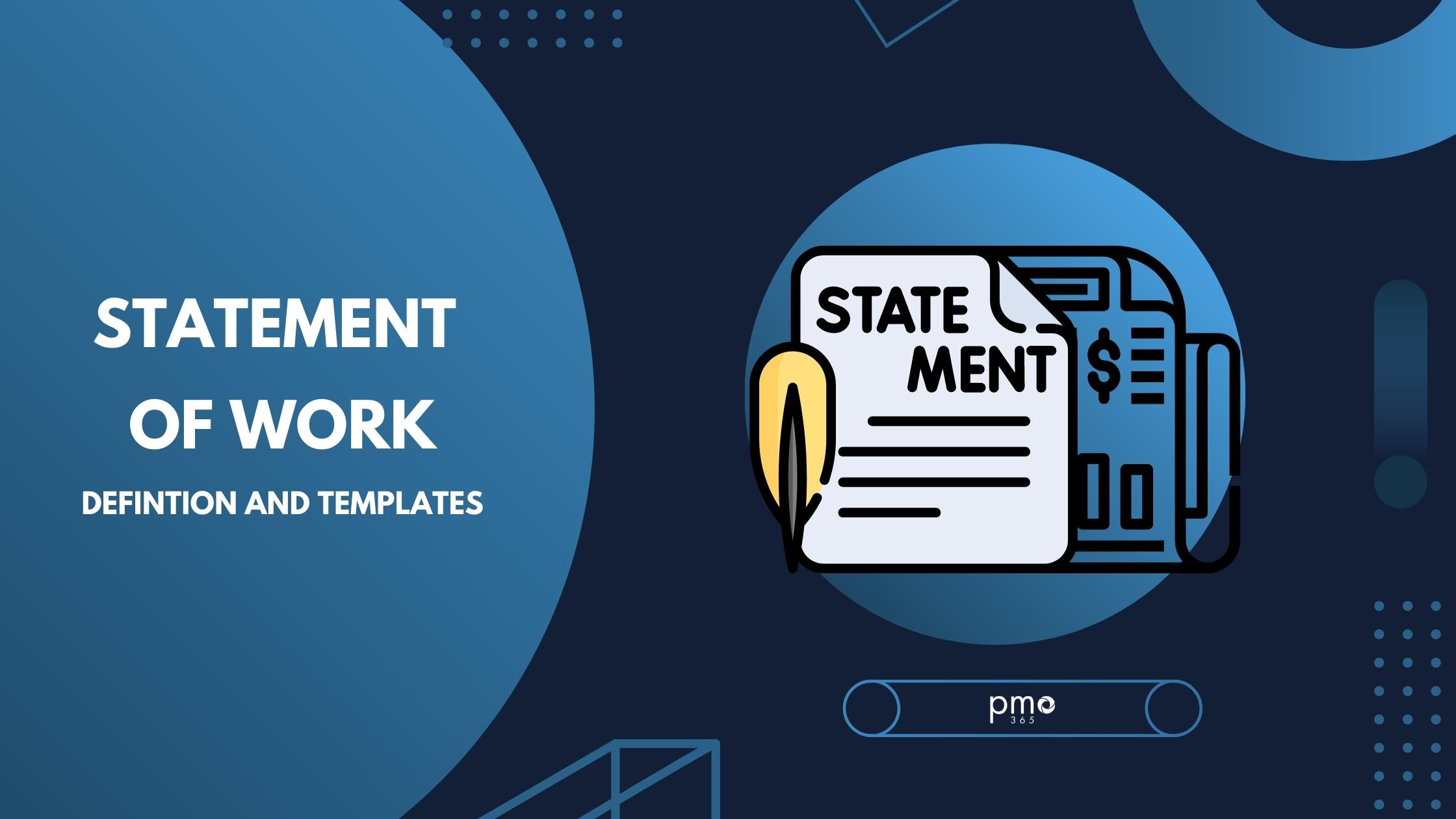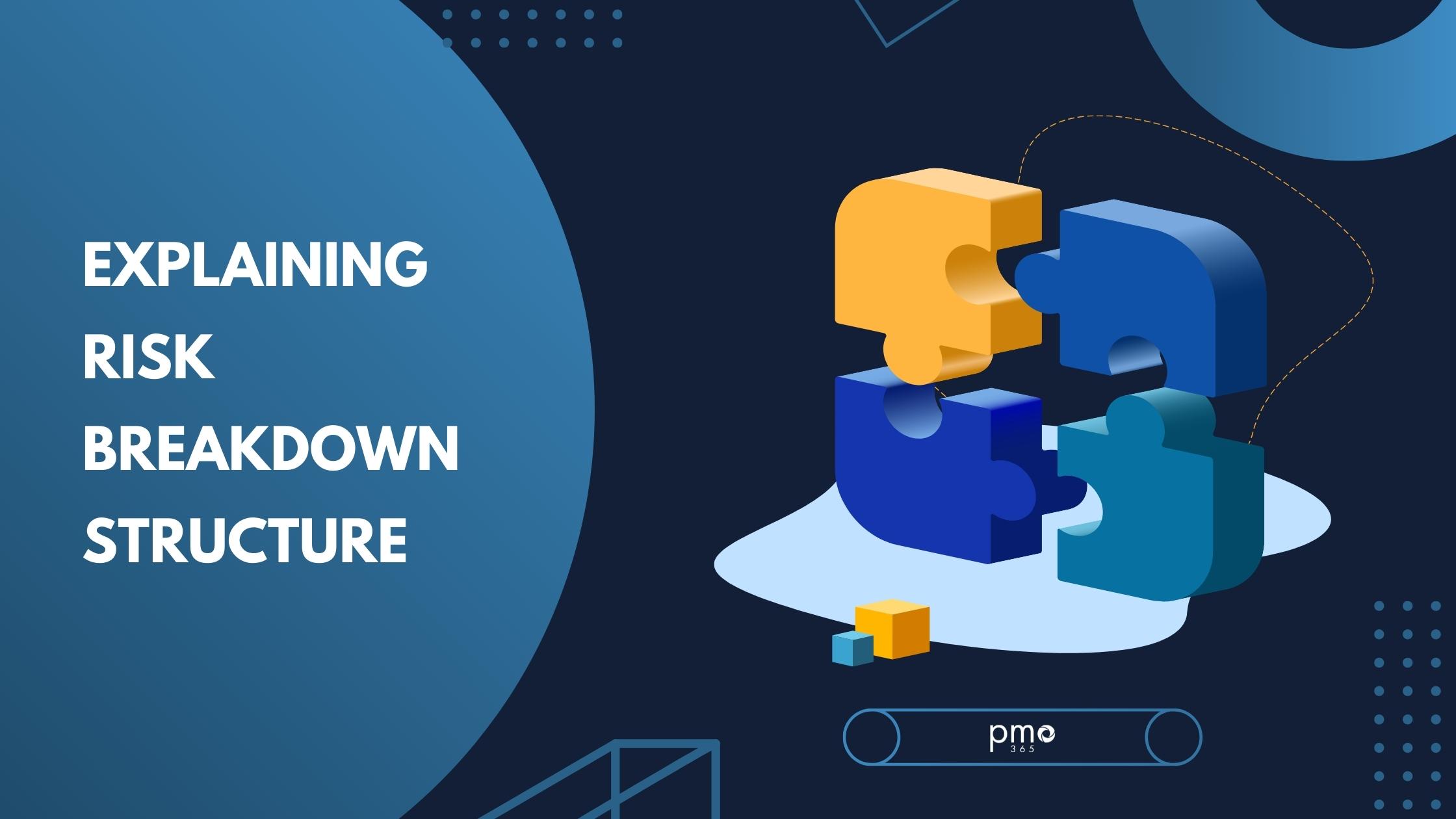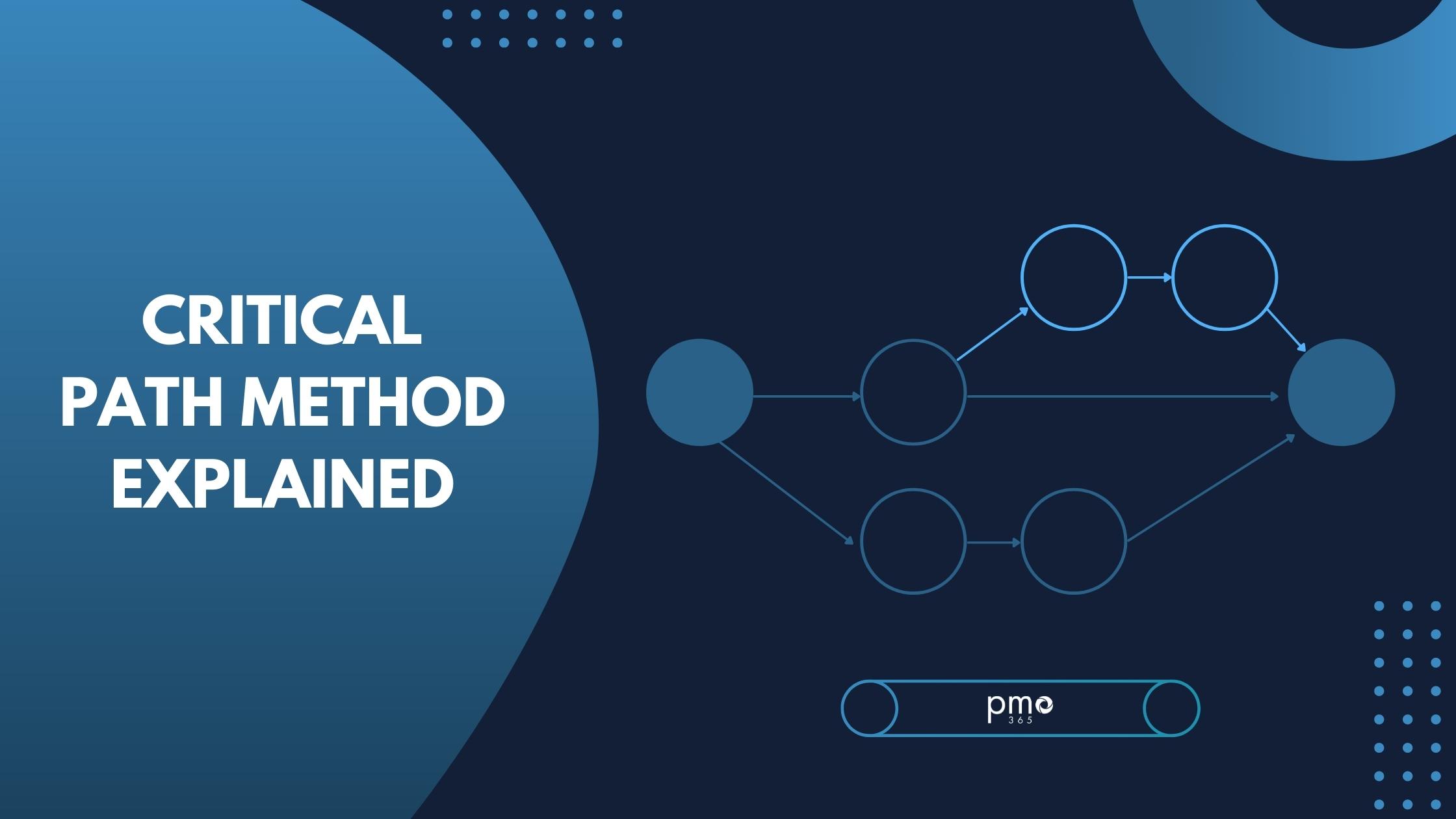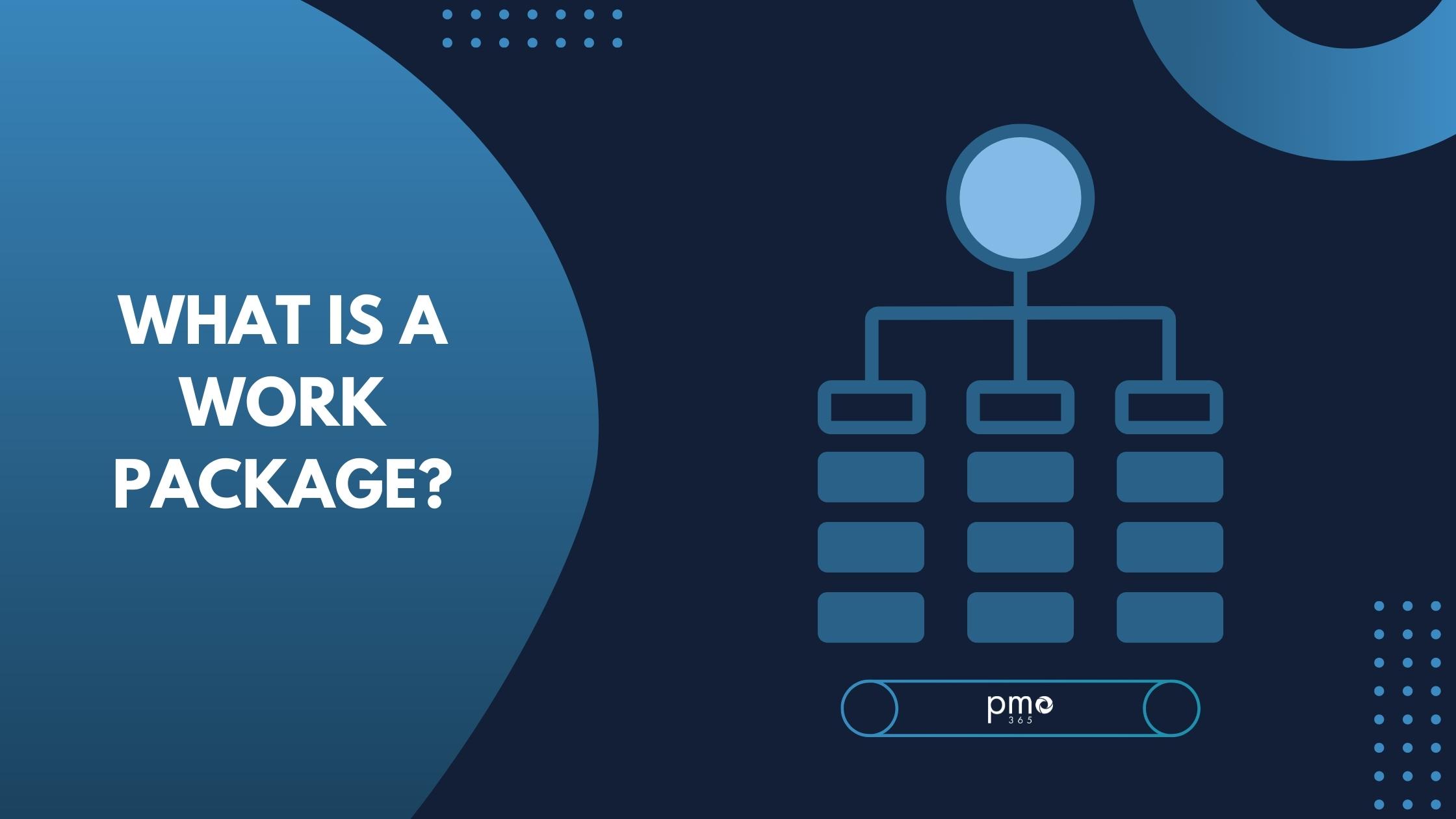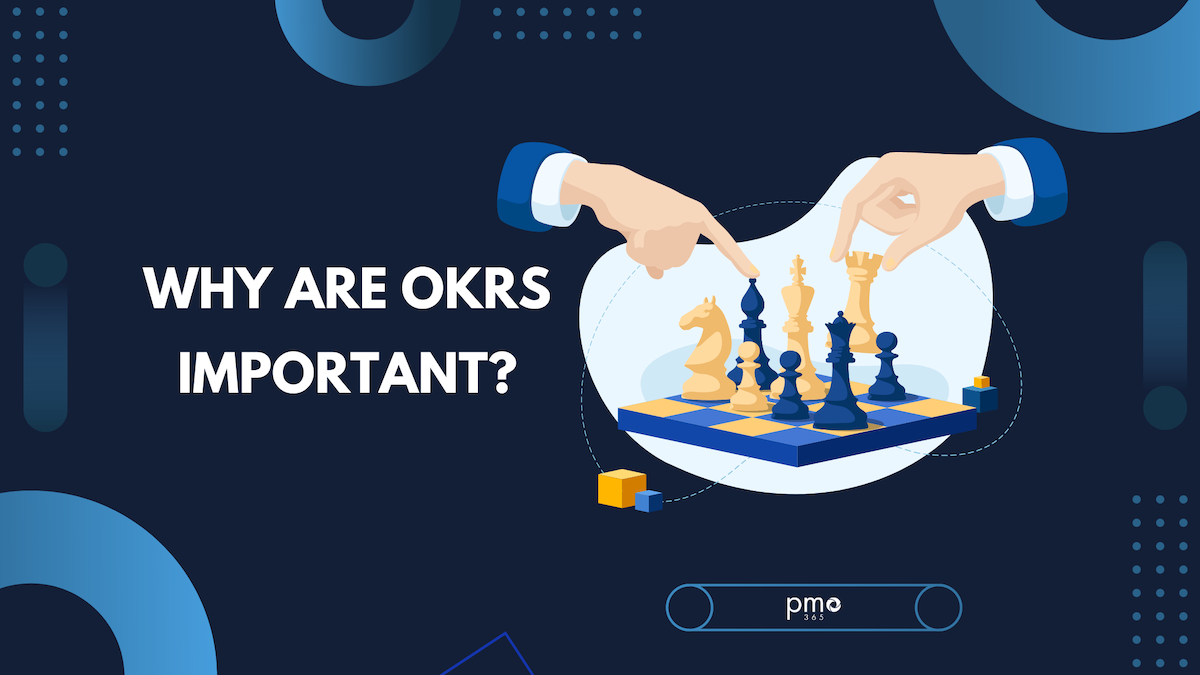As projects increase in size and complexity, project managers need reliable method of breaking down their workload. As their name would suggest, Work Breakdown Structures are exactly that- a tool project managers can use to divide up their projects into actionable chunks. This ensures a smooth delivery of projects. Consider this your guide to work breakdown structures. We’ll look at what they are, why they are important, and how to build one!
What is Work Breakdown Structure (WBS)?
The Project Management Institute defines Work Breakdown Structures as the: ‘deliverable oriented hierarchical decomposition of the work to be executed by the project team’.
WBS is the hierarchical breakdown of the work of a project into manageable chunks. As a result, it integrates project scope, cost, and schedule baselines, ensuring project plans are accurate and realistic.
A WBS breaks down work into distinct levels. A typical WBS ranging from 4 to 6 levels depending on the size and complexity of the project.
The Two Types of Work Breakdown Structures
Two types of WBS exist: deliverable-based WBS and phase-based WBS, with deliverable-based WBS being more common. The key difference lies in how the first level of the WBS identifies ‘Elements’.
In a deliverable-based WBS, project managers establish clear links between project deliverables and the scope of the work to determine elemnts. In a phase-based WBS, project managers will divide the first level into five elements, and align each element with the traditional phases of a project. Then, the project manager will further identify deliverables within each specific phase.
Just like most project management tools, there is no one-size-fits-all WBS template. However, every WBS has the same main goal: to simplify project planning and make projects more manageable. The best WBS to suit your organisation is the one that makes your projects more manageable.
Benefits of Work Breakdown Structures
There are many benefits to an effective WBS, which include:
Defines, visualises, and organises project deliverables and tasks
A WBS transforms a project plan from a vague sketch into a precisely defined structure. It enables project managers to clearly define project deliverables and tasks, facilitate the efficient handling of their various subtasks, identify dependencies, and allocate resource. When project managers manage these components, they ensure that the team remembers all tasks and project deliverables. This, therefore, optimises time and cost effectiveness.
Improves project transparency and accountability
With clearer task definition comes clearer task ownership and accountability. When all team members and stakeholders are aware of their specific roles and responsibilities within the project plan, they can make decisions faster, and escalate issues to the right people.
Facilitates better communication and collaboration
A well-crafted WBS displays the interaction of different factors with one another throughout the project’s duration. As a result, project managers and stakeholders will have a clearer understanding of the project’s progression and expectations. This facilitates better communication and collaboration between teams and tasks, as the WBS has identified the interconnections or inter-dependencies between them.
Enhances project planning
A detailed WBS requires integrating and managing your project schedule management, cost management, and resource management activities. When you clearly define your tasks, deliverables and their ensuing dependencies, project managers can accurately estimate project schedules, costs, and resources. A better plan, or WBS, increases the chance of project success.
Simplifies project monitoring and management
When paired with effective project management software, WBS streamlines project monitoring and tracking. Many project management solutions have integrated WBS tools into their solution, so you won’t need to manually input data. In addition, you can link your WBS structures with automatically automated tasks and project progress to provide your project managers with real-time data.
Reduces chances for scope creep
Scope creep is one of the biggest challenges of project management. Without a clear definition and clarity, projects can grow beyond their initial scope and result in budget and schedule overruns. WBS clearly defines the scope of the project in written terms, and identifies risks that can potentially lead to scope creep.
Improves risk identification and management
With all the tasks and dependencies clearly mapped out, a WBS can help project managers identify potential risks they may have overlooked. With greater clarity, project managers can better identify potential risks and set up better mitigation plans to manage the potential impacts of those risks.
Key terminologies in Work Breakdown Structures
Here are some of the key concepts and terminologies you should know regarding WBS.
WBS Element
A WBS Element is any singular component within the WBS diagram. We typically divide them into two categories – parent and child. The ‘parent’ element is a higher-level element that we can further decompose into two or more lower-level elements known as the ‘child’ element. The ‘child’ element is characterised by its single association to a ‘parent’ element.
Work Package
A Work Package is the lowest level of any branch within a WBS. It is a defined segment of work that produces a specific deliverable. The Work Package replicates the level of detail required for the project, small enough to allow project managers to effectively plan, manage, and control the work without overloading them with excess data.
Planning Package
The Planning Package is type of Work Package that encapsulates a defined scope of work as a ‘temporary holder’ for cost, time, and other estimations. You may require this if you have elements or work packages which are interdependent on other moving parts in the project. Therefore, you’ll need to further decompose them at another time. Once you can finish the decomposing, consider breaking down the planning package further into separate work packages.
Control Account
The control account is a monitoring and control tool within the WBS. It groups work packages together and monitors their progress by integrating the scope, budget, actual cost, and schedule changes occurring at that specific point. While each control account may include one or more work packages, each work package should only have one associated control account. The Cost/Control Accounts Manager, or CAM, is usually the person responsible for managing and monitoring the control account.
WBS Dictionary
The Work Breakdown Structure Dictionary is the accompanying document to the WBS that describes each element within the WBS. A typical WBS dictionary will include:
- A WBS number (a unique code that identifies the specific element)
- A description of the element
- Requirements to start the work package
- Associated activities and milestones
- Defined responsibilities and roles for those who will perform and manage the work
- Defined deliverables and the end receiver of the deliverables
- The estimated duration, resource and cost of the work package, and
- How your team will manage progress.
WBS Levels
The WBS level is the established hierarchical structure of the Work Breakdown Structure. The highest level of the WBS is often dubbed level 0. Levels 1 and 2 identify the core elements and should encapsulate 100% of the work within the project as per the 100% rule. Depending on the size and complexity of the project, the amount of WBS level may vary. Projects typically run between 4 to 6 WBS levels.
Basic Guidelines for Work Breakdown Structures
There are plenty of benefits that come with an effective WBS, but the key is laying a solid framework. Here are some foundational guidelines to follow by when building your WBS! We’ve got a short dictionary of
1. Have clear definitions and direction
A WBS is reliant on clarity. You can maintain clarity by defining and agreeing upon parameters before developing your WBS. You don’t want to end up having to adapt and edit your entire WBS if there are any project scope tweaks in the early stages.
2. Make sure it is completely exhaustive
An effective WBS will describe the complete work of the entire project. Therefore, before you finalise your WBS, ensure you explore and clearly define absolutely everything that will happen in the project.
3. Apply the 100% rule
The 100% rule states that the highest two levels of the WBS should encapsulate 100% of the work in the project within the authorised scope. Lower levels of the WBS elements describe the activities in more detail but should amount to the same amount of work outlined in the higher two levels.
4. Utilise the right level of detail
Arguably the most difficult balance to strike, it can be hard to determine how much detail to include in your WBS. While a WBS should be exhaustive in identifying tasks and deliverables, it isn’t a storage document. It should only provide the necessary level of detail to help manage, plan and control the project, without overburdening project managers with excessive information.
5. Follow the decomposition rule
Decomposition refers to the technique of subdividing the project scope and deliverables into further manageable components. The decomposition rule suggests that each element of the WBS should decompose into at least two ‘children’ or lower-level components. Each ‘child’ should only have one parent and must not be connected to multiple higher-level elements.
6. Apply Change Control
Changes happen all the time within projects. That’s why it is critical to establish the right processes to help manage different types of changes as they occur. Some changes may affect different branches or elements within the WBS, between the WBS and management reserves, or between the WBS and the external client. Therefore, a ‘safe’ WBS will include details on authorisation for changes or project change control system.
How to make a Work Breakdown Structure?
Step one: Gather critical documents and define deliverables
Get together all the documents you need to help clearly identify and define project deliverables, tasks and responsibilities. Some key documents include the initial Project Charter, Scope Statement, and Project Management Plan.
Step two: Identify key team members
Once you’ve defined the tasks and expected deliverables, allocate these tasks and deliverables to team members. Identify who may be the appropriate team members to complete the different tasks and delegate the task to them. This will also define accountability and the decision-making hierarchy during the project.
Step three: Define the Level 1 elements
Following the 100% rule mentioned above, identify the core elements that capture 100% of the work within the project. After you do this, verify with another project manager whether these elements actually comprise 100% of the project scope.
Step four: Further decompose Level 1 elements
For your WBS to be successful, the key is to keep elements as small you can while maintaining effectiveness. In line with strategy, you will probably need to break down those Level 1 elements into smaller, more manageable chunks. This will require you to continue applying 100% rule for decomposition until each task and element stands on its own. This makes it easier to allocate elements and tasks to a single member or team. The critical question to keep in mind at each stage is: will further decomposition improve project management? If the answer is no, then you can consider your WBS complete. It’s all about optimising project management and keeping things organised!
Step five: Create your WBS Dictionary
The WBS Dictionary is a narrative description of the work which each element of the WBS addresses. The lowest level element is called a work package. Each work package should include the outlines of the task, expected deliverables, assigned responsibility, any and relevant milestones. The level of detail should correspond with the 100% rule and cover the agreed-upon project scope.
Step six: Create your WBS visualisation
There are many different ways you can visualise your WBS in chart form. Some of the most common charts include the WBS structure list, tree diagram, and Gantt chart. To integrate your WBS with scheduling and project tracking, export or enter your WBS into the format that is supported by your project management software.
Work Breakdown Structures and Project Management Software
Nowadays, most project managers are using some form of project management software to manage their projects. The great thing is that many project management software are designed to accommodate your WBS. Here are some key features you should look out for in your project management software:
Feature one: Task breakdown
Your project management software should be able to easily break down tasks into subtasks within the system itself. It should enable project managers to easily allocate task owners, set priorities, and assign duration periods to each task to inform the greater project schedule.
Feature two: Visualisation capabilities
The WBS is often visualised through different types of charts. If your teams use Gantt charts, make sure your software includes Gantt chart tools that you can modify to your needs. This is particularly handy when visualising dependencies and giving your teams easy to follow snapshots of project timelines.
Feature three: Collaboration tools
It would be a shame to have all your tasks and responsibilities easily visualised but not well integrated with all your other project management tools and processes. An effective project management software will allow you to easily collaborate within the software itself without having to either manually input data from different applications or have data gaps between the different platforms.
Feature four: Real-time monitoring and dashboards
Your WBS may have hundreds of smaller work packages. Keeping up to date and monitoring all of them, even with great project management software, would be a time-consuming task. It’s essential to have real-time data and monitoring, as well as smart dashboards that can give you a quick overview of work progress.
Feature five: Integrate and link WBS Code across multiple platforms
WBS involves integrating cost management, schedule management, resource management and many other functions of project management together. Often, teams use multiple platforms or apps to capture data for different functions. Ensure that your project management software can integrate and link your WBS code across all your platforms. This will significantly reduce the time wasted and potential human error risk that comes with manually linking up to work packages across different platforms.
Bring out the full potential of your Work Breakdown Structures with pmo365
Are PPM experts are all advocates for an effective WBS. But it can be challenging to bring out the full potential of your WBS. If you want to have a look at how we help take your WBS to the next level, particularly in regard to project schedule management, have a read here. If you want to see an intuitive WBS tool in action, make sure to book a free trial with our PPM experts today!



